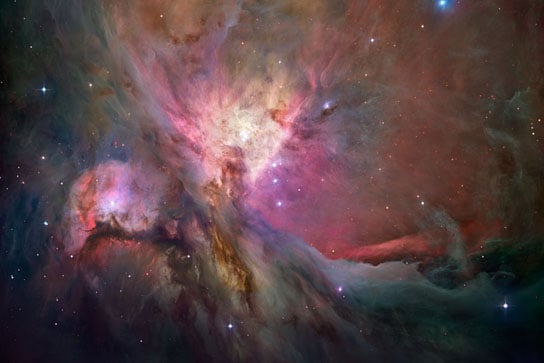
A Hubble image of a region of the Orion Nebula. A new search for molecular oxygen in space — this time in the Orion Nebula — has come up empty-handed, leading to some new ideas on what is wrong in the chemical models. Credit: NASA/Hubble Space Telescope
Using the Herschel Space Observatory, CfA astronomers led a team in search of molecular oxygen in the Orion Nebula, reporting that they still did not find O2, but reached preliminary conclusions about several issues.
Searches for interstellar molecular oxygen, O2, have a long history, and the motivation for these searches has evolved. Prior to the late 1990s, efforts to detect O2 were driven by a desire to confirm its predicted role as a major reservoir of elemental oxygen within dense molecular clouds and as the most important gas coolant of typical clouds after carbon monoxide (CO). But O2 was never found. The SAO-led Submillimeter Wave Astronomy Satellite (SWAS) in 1998 and the Odin satellite in 2001 both failed to detect O2 toward a large number of sources at levels of a few percent of the abundances predicted by equilibrium gas-phase chemical models. Something in the chemical models was wrong, but what?
The conclusion forced a shift in the emphasis of searches. Today, interest in O2 no longer lies in its being a significant reservoir of elemental oxygen or in its cooling power. Instead, the searches have become an important way to test our current understanding of interstellar chemistry, and the various key formation, destruction, and depletion processes for O2 and the balance between them.
CfA astronomers Gary Melnick and Volker Tolls led a team of nineteen astronomers using the Herschel Space Observatory in the study of O2 in the Orion Nebula, a location well known for its rich chemistry. Herschel instruments have both high sensitivity and the broad wavelength coverage needed to search for the molecule in several of its emission lines. Writing in The Astrophysical Journal, the scientists report that they still did not find O2. The improved sensitivity, however, allows them to reach some general, if preliminary conclusions about four issues: the way oxygen clings to ice in the interstellar medium (perhaps stronger than previously suspected), the amount of total material in the Orion region (less than had been thought), the way O2 clumps together (smaller clumps), and the location of these molecules in the clouds (buried deeper than previous estimates). Further modeling and additional observations will clarify the situation further, but the present work goes a long way to narrowing the possible explanations for the mysterious absence of this life-giving molecule.
Reference: “Herschel* Measurements of Molecular Oxygen in Orion” by Paul F. Goldsmith, René Liseau, Tom A. Bell, John H. Black, Jo-Hsin Chen, David Hollenbach, Michael J. Kaufman, Di Li, Dariusz C. Lis, Gary Melnick, David Neufeld, Laurent Pagani, Ronald Snell, Arnold O. Benz, Edwin Bergin, Simon Bruderer, Paola Caselli, Emmanuel Caux Pierre Encrenaz, Edith Falgarone, Maryvonne Gerin, Javier R. Goicoechea, Åke Hjalmarson, Bengt Larsson, Jacques Le Bourlot, Franck Le Petit, Massimo De Luca, Zsofia Nagy, Evelyne Roueff, Aage Sandqvist, Floris van der Tak, Ewine F. van Dishoeck, Charlotte Vastel, Serena Viti and Umut Yildiz, 8 August 2011, The Astrophysical Journal.
DOI: 10.1088/0004-637X/737/2/96

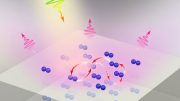
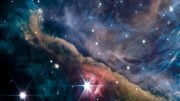

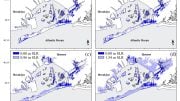

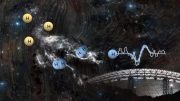
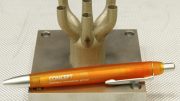
Be the first to comment on "Searching for Molecular Oxygen in the Orion Nebula"